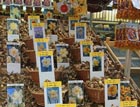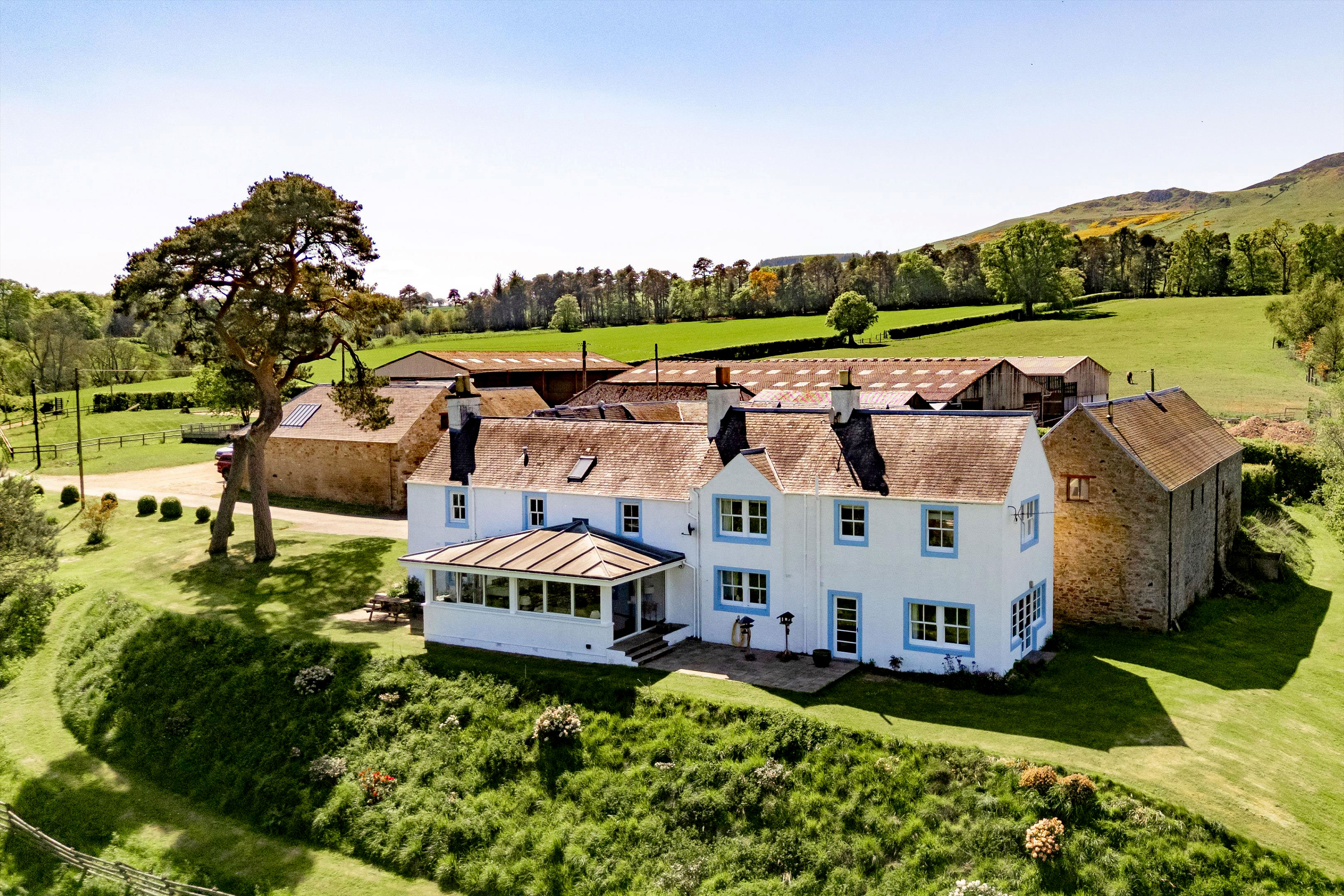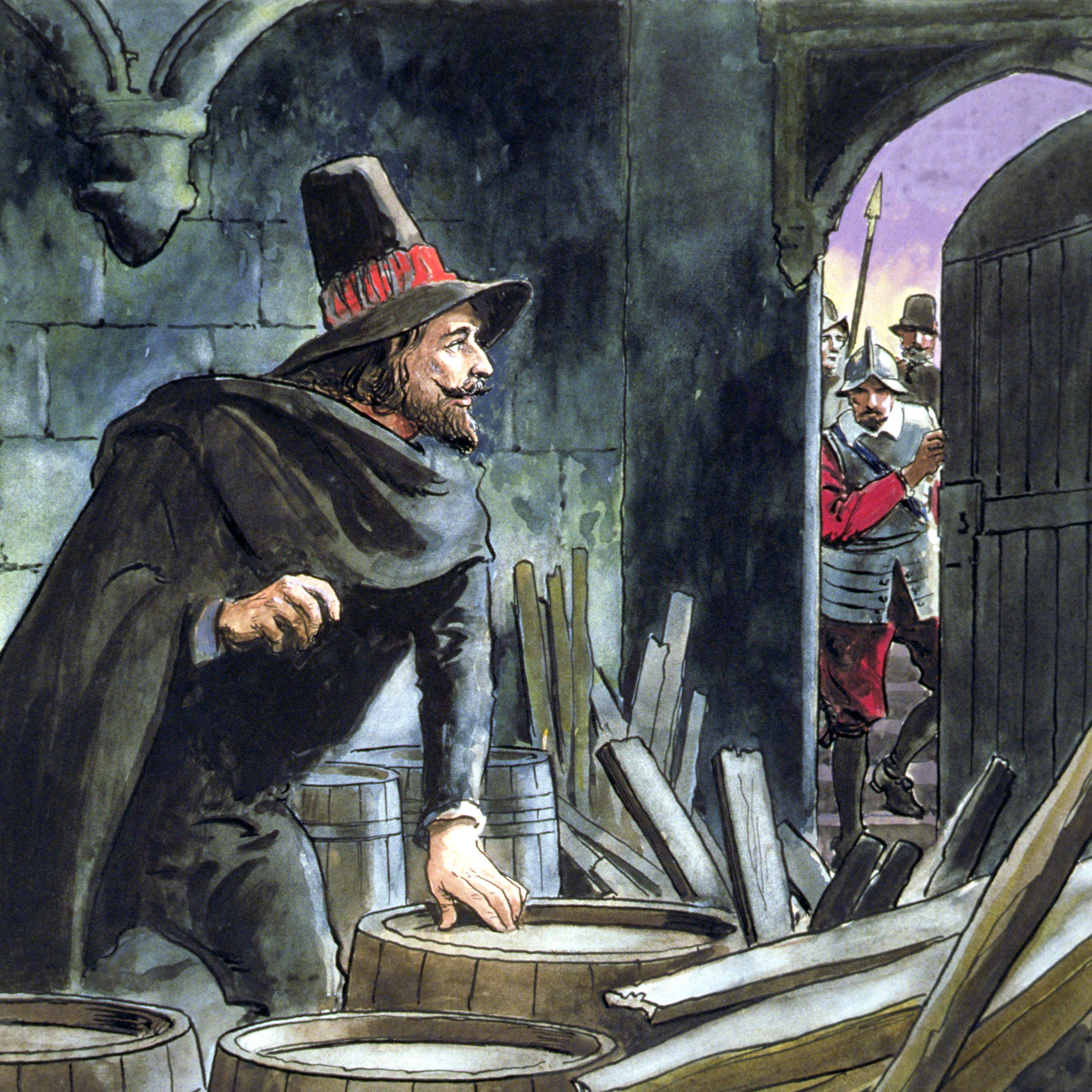In my garden: Planting bulbs
Planting bulbs is an act of faith, says David Wheeler


A few quiet late-summer hours spent in a deckchair choosing spring-flowering bulbs from a selection of glossy catalogues is an annual delight that never fades. Paying for them might be somewhat less pleasurable (depending on quantities ordered), and the planting of them when they finally arrive can, sometimes, prove positively troublesome. Few things in gardening change over the years. This is Marion Cran bemoaning the task in 1929: 'As soon as the rain holds up... I want to set about the adorable misery of planting my bulbs.' She gets bored, 'sick to death' with the job, but unfailingly catches an imaginary glimpse of next spring's far-off glory as 'pictures come flashing to and fro under the trowel and aching muscles'. Six months later, the dream comes true: 'All the toil is worth while.'
My deep love of tulips prevents any organised A to Z scrutiny of the catalogues. It's straight to T every time, leap-frogging trilliums, triteleias and tropaeolums (not all bulbs, admittedly) in my urgent pursuit of the cool, waxy goblets which if chosen carefully can whip up a carnival of riotous or sophisticated colour from the moment winter begins to loosen its grip until apple blossom illuminates the orchard in early May. I've written before about a reluctance to treat tulips as annuals, but the sad truth is that many do not give a good show of themselves in successive years. Purissima (aka White Emperor), with flowers the colour of old ivory piano keys, is an exception; indeed, it can almost naturalise itself in a cultivated sort of way. What's more, it is readily available (my corner shop had little nets of them in August). Cheap, and strongly tall-standing, Purissima is suitable for bedding schemes in exposed locations, or pots that must endure draughty corners.
The mahogany-red (with orange feathering) Abu Hassan tulips I extolled in May for their third generous repeat performance have remained in the south-facing box-edged beds and, although the flowers were smaller this year, they were just as plentiful. If they go for a fourth year, I'll be truly pleased and tempted to leave them in situ for a fifth.
Dark tulips have a special allure. New this year (from Jacques Amand, Clamp Hill, Stan-more, Middlesex, and, perhaps, other suppliers) are Black Stallion, a double late, or peony-flowered variety, and Cafe Noir, a single late tulip described as 'rich maroon-black'. Good blues elude me in the tulip world, but, ever hopeful, I am trying a few Blue Diamond, which comes new to market (again from Jacques Amand) with the RHS's Award of Garden Merit.
Conversely, I'm less covetous of parvenu daffodil varieties. Old favourites, like old friends, are hugely rewarding, and there are so many to choose from. Having spent a few enlightening hours with the RHS's newly-retired Daffodil Registrar, I am concentrating on species and wild forms to naturalise here in the Arboretum. It's a windy site, so dwarf kinds will suit it best. This year's acquisitions include Narcissus jonquilla (10in stems bearing scented, multi-heads of bright yellow in April), and single-flowered N. moschatus with creamy-yellow trumpets surrounded by white petals. And, when dawdling on that page of the catalogue, I can't resist (here we go again!) some more pheasant's eyes (N. poeticus recurvus). Also, in an attempt to foreshorten the coming winter, a few January- and February-flowering hoop-petticoat daffodils, N. romieuxii.
Each spring, I marvel at the sheets of blue scillas at Hergest Croft garden, not far from here. They somehow bring a cerulean sky down to ground level and, whatever the weather, I never leave those wooded acres on a spring day without feeling uplifted. So, to my so-far modest order, I am adding large quantities (you actually cannot have enough) of cheap and cheerful Scilla bifolia, S. siberica and its darker blue variety, Spring Beauty. As to their planting, I must remember Mrs Cran's words, and be mindful too (for browsing wild animals can take a heavy toll of newly planted bulbs) of some shrewd words penned by artist-gardener Clare Leighton: 'It is a greater act of faith to plant a bulb than to plant a tree,' she said in 1935. I know exactly what she means.
Exquisite houses, the beauty of Nature, and how to get the most from your life, straight to your inbox.
Country Life is unlike any other magazine: the only glossy weekly on the newsstand and the only magazine that has been guest-edited by His Majesty The King not once, but twice. It is a celebration of modern rural life and all its diverse joys and pleasures — that was first published in Queen Victoria's Diamond Jubilee year. Our eclectic mixture of witty and informative content — from the most up-to-date property news and commentary and a coveted glimpse inside some of the UK's best houses and gardens, to gardening, the arts and interior design, written by experts in their field — still cannot be found in print or online, anywhere else.
-
 A beautiful old farmhouse in 15 acres of breathtaking Scottish scenery, for sale at just £825,000
A beautiful old farmhouse in 15 acres of breathtaking Scottish scenery, for sale at just £825,000A wonderful country home with almost 15 acres of land has come up for sale at a price which will make urban dwellers question their life choices.
-
 Remember, remember to take the Country Life Quiz of the Day, November 5, 2025
Remember, remember to take the Country Life Quiz of the Day, November 5, 2025It's a banger.
